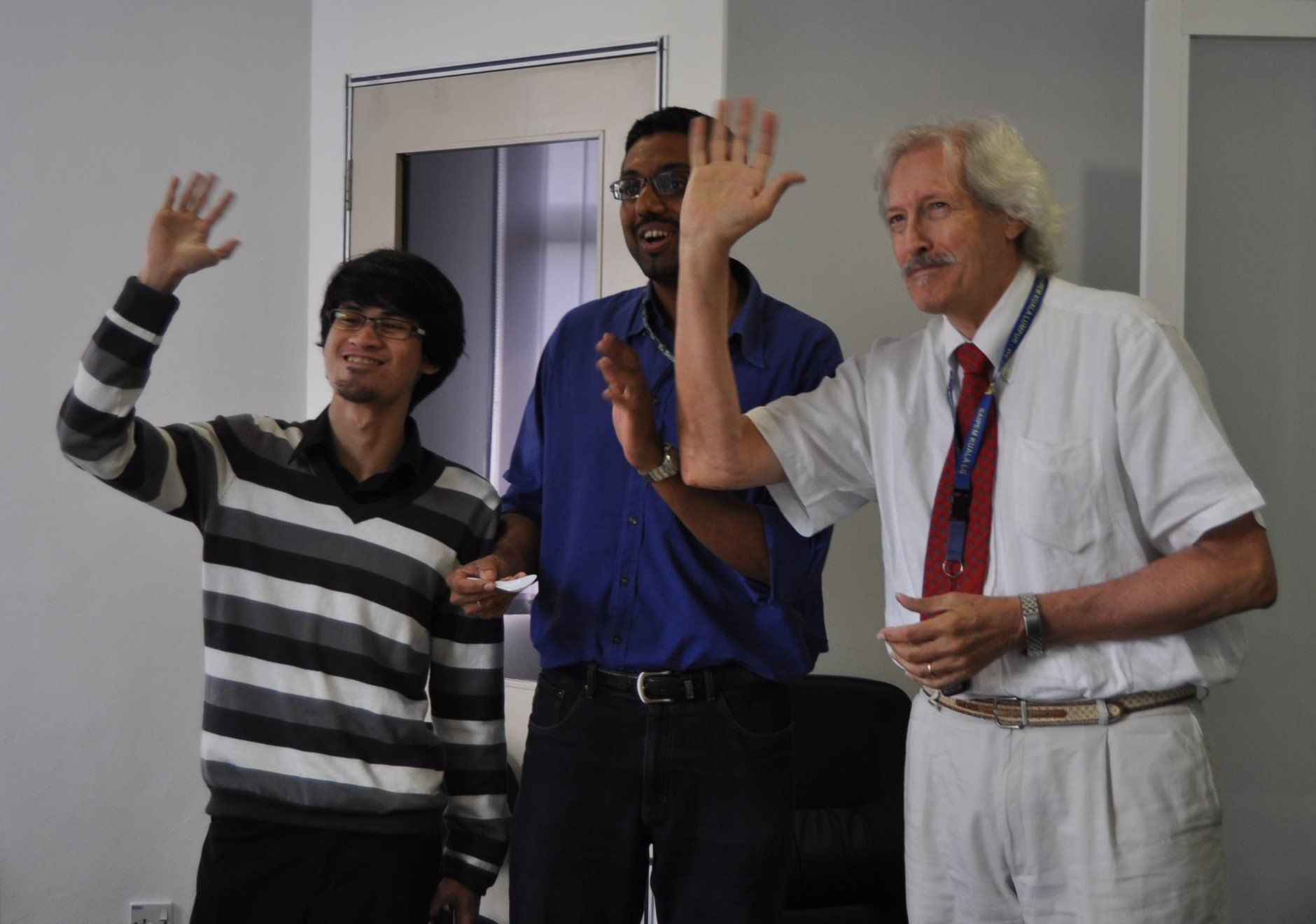Facing the Enormous Problem of Who Is in Charge of What

Human illustration vector created by freepik.com
It’s amazing how the simplest things can vex the smartest people. One such area that should be a straightforward process, but is not, is the divvying up the responsibilities for a project or recurring task. I can’t tell you how often leaders and individual contributors complain to me about the simple accountability problem where teams don’t know who does what.
But like a hundred other things in the busy world of business, bringing a minute to think to the situation does wonders. Smart people can solve most things if they slow down and take the time, but they don’t because the desire to keep moving often trumps the process of thoughtfulness.
Below are three steps that leaders and individual contributors can adopt and adapt regarding the assigning of work, paving the way for cleaner, easier execution with fewer assumptions going forward.
Step One: Take a Chaos Inventory
Take some time alone to look at the big picture of dividing tasks at your job—of what’s not working and what’s not getting done with ease. Go to a coffee shop and turn off all your devices. With a legal pad and a nice writing pen before you, think about the problem at hand: Are you unclear about your own responsibilities in certain areas, or are you getting messages that you’re stepping on toes or dropping balls? Are your team members or colleagues constantly letting you down or supporting your every effort? This sharp understanding is key. Bring to mind and then begin to write down the places, people, and situations for which clarity is missing.
If you’re a leader, do not forget to take a nice long look within to see if the way you personally assign work is haphazard, rushed, or missing the critical details that put your people on an easy path to effectiveness. Think deeply about the moment of assigning. I, for example, have a bad habit of skipping to the tasks needed without painting a clear big picture for everyone involved. Other leaders I know go the other direction, stating the goal and vision without sharing all pieces of the road map. What are your assets and liabilities as an assigner?
Step Two: Identify Opportunities to Reset Roles and Assumptions
Next, alone or with a few allies that you assemble for this process, make a list of the upcoming or recurring times when you have the most potent opportunity to lay out roles and responsibilities more clearly than you have before.
Any “fresh start” moment can be a good candidate, such as:
- In an interview with a potential hire
- When you onboard a new hire
- When you accept a new job
- When you are promoted
- When you begin a new quarter
- When you start a new project
- When you go through change, such as a reorganization, or M&A event or transformation of any kind
Each of these clean slates can allow you to insert new clarity.
Delegatees: Instead of getting lost in blaming the system, the status quo, or any individual delegator, look at where you can bring the right clarifying questions to the table at each of the above junctures. Take a minute to go within and see what’s unclear, and then be brave enough to point it out.
Delegators: Step back to see where you could be more direct and where you can separate and simplify each person’s role. Look for assumptions in every corner, such as assuming people will know what to do, assuming you have been clear, and assuming folks will reach out for help when confused. Counter each assumption with a proactive structure.
Discuss email cc protocol as you make your plan, deciding ahead of time and with purpose which part of the team gets copied on which sections of the work. For instance, a project manager may desire to be copied on everything for seeing the macro, but team members executing sections of a project can often be left off of many threads and save buckets of time.
Step Three: Iterate Your Way to Success
Now take your new awareness and intention and move into a messy first iteration of a visual aid—a checklist or chart to use for all assignments and task division. Choose simple tools like Excel and Word before you make gorgeous, branded decks and PDFs that make the process too finished. You want a rough draft living before you so you can keep tweaking and upgrading your process without feeling like you are breaking something that you built.
Use the living tool you have created in regular practice for one-on-ones, projects, etc., and continually check in with yourself and others about whether you’re on track or complicating efforts. Make a note in your calendar for three to six months after you begin your new way of streamlining tasks, and at that date, return to your coffee shop once again with only analog tools and assess the progress you have made or what still needs work.
Related: Reflection: The Path to Clarity, Learning and Growth
Clarity is an enormous gift. Focus is the friend of excellence. The reason that a greyhound goes really, really fast when they are chasing a mechanical rabbit in a race is that it’s the only thing in their field of vision—their one and only object of interest. Help yourself or your team choose the right rabbit, and then you can all run, run, run.
This article was also published on Juliet Funt's LinkedIn
This article is also available in Chinese.
Leaderonomics.com is an advertisement free website. Your continuous support and trust in us allows us to curate, deliver and upkeep the maintenance of our website. When you support us, you allow millions to continue reading for free on our website. Will you give today? Click here to support us.
Leadership
Tags: Executing Leadership






